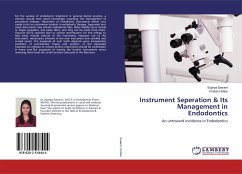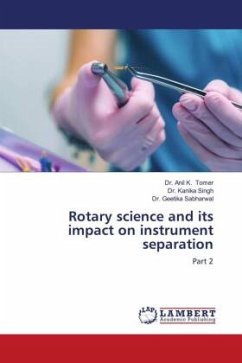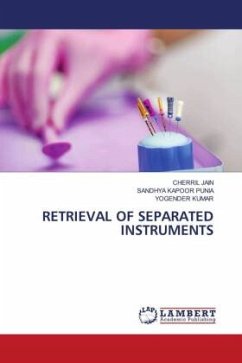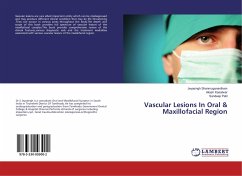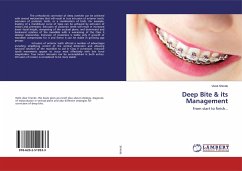For the success of endodontic treatment in general dental practice, a clinician should have good knowledge regarding the management of procedural mishaps. Separation of endodontic instruments within root canals is not an uncommon incident in endodontic therapy. Separated root canal instruments may include endodontic files, Gates Glidden burs, lateral or finger spreaders, and paste fillers, and they can be made from nickel-titanium (Ni-Ti), stainless steel or carbon steel.Reasons for this mishap to take place include overuse of the instrument, improper use of the instrument, microcracks inherent in the new instrument and calcified and curved canals. The prognosis of such teeth depends upon preoperative condition of periradicular tissues and position of the separated fragment.An attempt to remove broken instruments should be undertaken in every case.The prognosis of leaving the broken instruments versus removing them from the canal has been discussed in the literature.
Bitte wählen Sie Ihr Anliegen aus.
Rechnungen
Retourenschein anfordern
Bestellstatus
Storno

